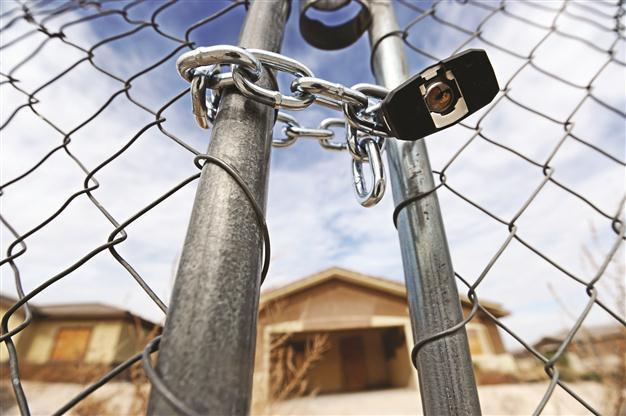Bank of America agrees to pay record $335 million
NEW YORK - The Associated Press

A Bank of America unit is accused of lending African-American and Hispanic home buyers higher rates, which usually pushes them to foreclosure. AFP photo
Bank of America agreed to pay $335 million to resolve allegations that its Countrywide unit engaged in a widespread pattern of discrimination against qualified African-American and Hispanic borrowers on home loans.
The settlement with the U.S. Justice Department was filed on Dec. 21 with the Central District court of California. It has become the largest settlement in history over residential fair lending practices.
According to the Department of Justice’s complaint, Countrywide charged over 200,000 African-American and Hispanic borrowers higher fees and interest rates than non-Hispanic white borrowers with a similar credit profile. The complaint says that these borrowers were charged higher fees and rates because of their race or national origin rather than any other objective criteria.
“These institutions should make judgments based on applicants’ creditworthiness, not on the color of their skin,” Attorney General Eric Holder said on Dec. 21. “With [the] settlement, the federal government will ensure that the more than 200,000 African-American and Hispanic borrowers who were discriminated against by Countrywide will be entitled to compensation.”
The U.S.’ complaint says that Countrywide was aware that the fees and interest rates that its loan officers were charging discriminated against African-American and Hispanic borrowers, but failed to impose meaningful limits or guidelines to stop it.
By steering borrowers into subprime loans from 2004 to 2007, the complaint alleges, Countrywide harmed those qualified African-American and Hispanic borrowers. Subprime loans generally carried costlier terms, such as prepayment penalties and significantly higher adjustable interest rates that increased suddenly after two or three years, making the payments unaffordable and leaving the borrowers at a much higher risk of foreclosure.
